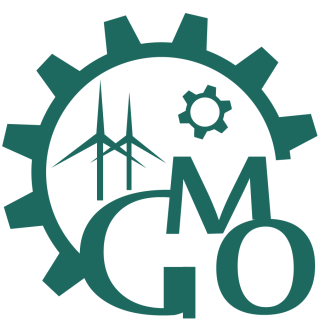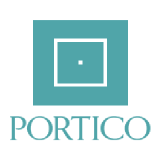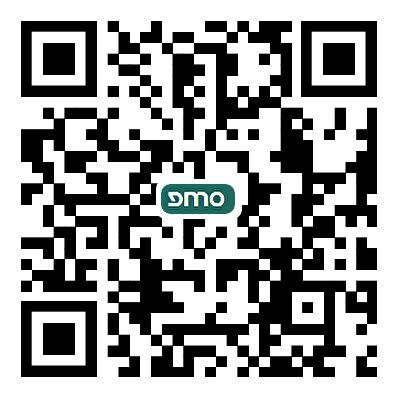REFERENCES
1. Tan K, Wen X, Deng Q, Shen S, Liu L, Sharma P. Soft rubber as a magnetoelectric material - generating electricity from the remote action of a magnetic field. Mater Today 2021;43:8-16.
2. Zhou D, Huang X, Ming Y, Li X, Li H, Li W. Material removal characteristics of magnetic-field enhanced shear thickening polishing technology. J Mater Res Technol 2021;15:2697-710.
3. Tian Y, Luo W, Wang Y, et al. Ultrasound-assisted fast encapsulation of metal microparticles in SiO2 via an interface-confined sol-gel method. Ultrason Sonochem 2021;73:105484.
4. Li A, Zhu Z, Liu Y, Hu J. Ultrasound-assisted electrodeposition of Fe-Ni film for OLED mask. Mater Res Bull 2020;127:110845.
5. Pujar P, Madaravalli Jagadeeshkumar KK, Naqi M, et al. High-intensity ultrasound-assisted low-temperature formulation of lanthanum zirconium oxide nanodispersion for thin-film transistors. ACS Appl Mater Interfaces 2020;12:44926-33.
6. Wang L, Wu C, Chen J, Gao J. Influence of the external magnetic field on fluid flow, temperature profile and humping bead in high speed gas metal arc welding. Intern J Heat Mass Transfer 2018;116:1282-91.
7. Sitnikov BV, Marshuba VP. The influence of the welding circuit magnetic field on the formation of the joint at unsupported welding. Weld Intern 2019;33:399-404.
8. Xiao Y, Liu T, Lu Z, et al. Instrument to characterize the wetting behavior of molten metal on a solid substrate under high magnetic field. Rev Sci Instrum 2019;90:063902.
9. Zhang J, Chen F, Wang R, Qiao X, Chen H, Zhang X. Vector magnetic field measurement based on magnetic fluid and high-order cladding-mode Bragg grating. Opt Laser Technol 2021;143:107264.
10. Wang Q, Zhai LL, Zhang L, Zhang JW, Ban CY. Effect of steady magnetic field on microstructure and properties of laser cladding Ni-based alloy coating. J Mater Res Technol 2022;17:2145-57.
11. Yin N, Xing Z, He K, Zhang Z. Tribo-informatics approaches in tribology research: a review. Friction 2022; doi: 10.1007/s40544-022-0596-7.
12. Pan S, Jin K, Wang T, Zhang Z, Zheng L, Umehara N. Metal matrix nanocomposites in tribology: manufacturing, performance, and mechanisms. Friction 2022.
13. Qi K, Yang Y, Sun R, et al. Effect of magnetic field on crack control of Co-based alloy laser cladding. Opt Laser Technol 2021;141:107129.
14. Tharajak J, Palathai T, Sombatsompop N. The effects of magnetic field-enhanced thermal spraying on the friction and wear characteristics of poly(ether-ether-ketone) coatings. Wear 2017;372-373:68-75.
15. Hu G, Yang Y, Sun R, Qi K, Lu X, Li J. Microstructure and properties of laser cladding NiCrBSi coating assisted by electromagnetic-ultrasonic compound field. Surf Coat Technol 2020;404:126469.
16. Tan N, Li Y, Lou L, Zhang G, Xing Z, Wang H. Influence of micro-nano multiscale surface texture on wettability of Ni-based droplets at high temperature. Surf Coat Technol 2021;418:127103.
17. He P, Wang H, Chen S, et al. Interface characterization and scratch resistance of plasma sprayed TiO2-CNTs nanocomposite coating. J Alloys Compd 2020;819:153009.
18. Tang L, Kang J, He P, et al. Effects of spraying conditions on the microstructure and properties of NiCrBSi coatings prepared by internal rotating plasma spraying. Surf Coat Technol 2019;374:625-33.
19. Wang Z, Huang Y, Zhou J, et al. Effect of Fe content on the tribological properties of Ni60 coatings applied by pulsed magnetic field assisted supersonic plasma spraying. Mater Charact 2022;185:111771.
20. Hua S, De Graef M. Comparison of magnetic domain wall images using lorentz microscopy and magnetic force microscopy. Microsc Microanal 2013;19:790-1.
23. Skalka P, Slámečka K, Pokluda J, Čelko L. Finite element simulation of stresses in a plasma-sprayed thermal barrier coating with a crack at the TGO/bond-coat interface. Surf Coat Technol 2018;337:321-34.
24. Nayebpashaee N, Seyedein S, Aboutalebi M, Sarpoolaky H, Hadavi S. Finite element simulation of residual stress and failure mechanism in plasma sprayed thermal barrier coatings using actual microstructure as the representative volume. Surf Coat Technol 2016;291:103-14.





